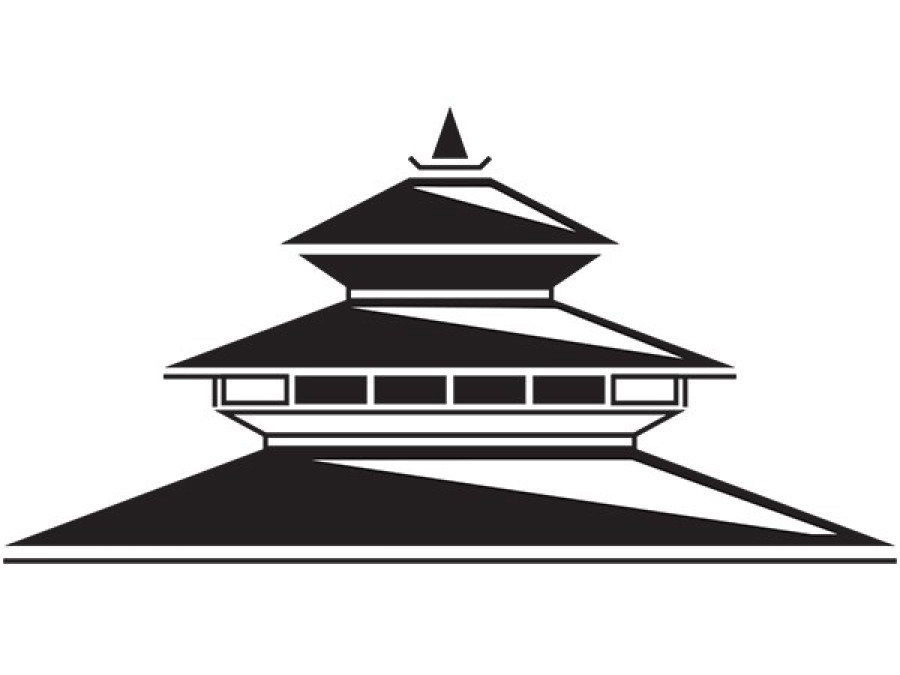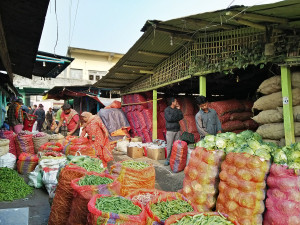Editorial
A costly choice
Doctors give their own reason for performing the caesarean operation, but this trend could be more to do with economics, as hospital earn much more for a caesarean operation.
According to the World Health Organization, the ideal rate for caesarean delivery is between 10 and 15 percent. But according to Dr Punya Pidel, a focal person at the Family Welfare Division, in some private hospitals, 95 percent of deliveries are caesarean. Doctors give their own reason for performing the caesarean operation, but this trend could be more to do with economics, as hospital earn much more for a caesarean operation. A caesarean section or C-section is a surgical intervention carried out to ensure the safety of mother and child when vaginal delivery is not possible.
The Lancet, a weekly peer-reviewed general medical journal, last year suggested that caesarean sections around the world have more than tripled since the 1990s—from six percent to all births to 21 percent. Across the world, C-section rates are on the rise and Nepal is no exception. True, there are a lot of contributing factors for this reason—sometimes they are elective, meaning the mother requests to get it done in order to avoid the labour pain, late pregnancy and preference for a single child, but often times interventions such as caesarean sections are advocated even though they are “unnecessary”.
According to a journal article published in the Nepal Health Research Council 2018, “The dramatic rise in CS [Caeserean Section] could be linked to increased institutionalised childbirth, increased educational status of women and easily available private health services in Nepal. In some hospitals these rising rates could be due to ‘unnecessary intervention’ and medicalisation.” What’s more, it has also been found that medical colleges also tend to perform caesarean delivery when they are not medically required as part of instruction on how the surgery is performed.
There ought to be an audit of deliveries done through C-sections, in private as well as in public health facilities, but since one and a half years, the Family welfare Division under the Ministry of Health has failed to do so. Such inspection can help ensure that economics do not influence the doctor’s and a hospital’s decision to conduct a C-section delivery. A report published in this mentions that Family Health Division stopped carrying out inspection as the credibility of reports came into question after private hospitals started using different techniques to influence inspection teams to prepare reports that suited them. Private hospitals seem to be more scalpel-happy, but it is an unhealthy practice that has pushed more women in urban areas to opt for caesarean delivery. The concerned ministry should immediately regulate the way medical institutions are approaching deliveries. But whatever guidelines they come up with needs come after an understanding of the human body and its nuances.




 12.12°C Kathmandu
12.12°C Kathmandu














